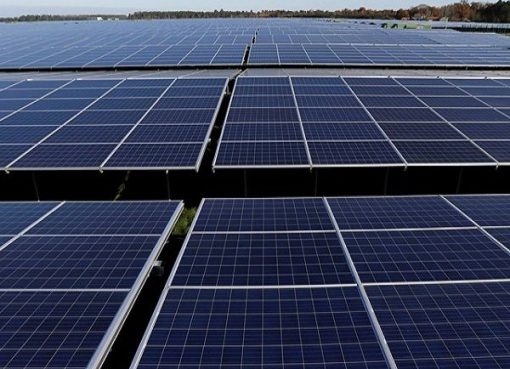Renewables met all of the rise in global electricity demand in the first half of 2022, preventing any growth in coal and gas generation, a report by energy think tank Ember has found.
The report analysed electricity data from 75 countries representing 90 percent of global electricity demand. It compares the first six months of 2022 to the same period in 2021 to show how the electricity transition has progressed.
Global electricity demand was found to have grown by 389 terawatt-hours (TWh) in the first half of 2022. Renewables – wind, solar and hydro – increased by 416TWh, slightly exceeding the rise in electricity demand.
Wind and solar were responsible for the bulk of the rise – they grew some 300TWh between them which was equal to 77 percent of the rise in global electricity demand. In China, the rise in wind and solar generation alone met 92 percent of its electricity demand rise; in the US it was 81 percent, while in India it was 23 percent.
“Wind and solar are proving themselves during the energy crisis,” said Malgorzata Wiatros-Motyka, senior analyst at Ember.
“The first step to ending the grip of expensive and polluting fossil fuels is to build enough clean power to meet the world’s growing appetite for electricity.”
As a result of the growth in renewables, fossil generation was almost unchanged (+5TWh, +0.1 percent). Coal fell by 36TWh (-1 percent) and gas by 1TWh (-0.05 percent); this offset a slight rise in other fossil fuels (mainly oil) of 42TWh.
Coal in the EU rose 15 percent only to cover a temporary shortfall in nuclear and hydro generation. Coal in India rose 10 percent because of a sharp rebound in electricity demand from lows early last year when the Covid-19 pandemic struck hardest. Globally, these rises were offset by coal power falls of 3 percent in China and 7 percent in the US.
With coal typically being the most carbon-intensive fossil fuel used for electricity generation, the UK is planning to close all power plants that use it by 2024 as part of its efforts to meet its climate target of net-zero emissions by 2050.
Ember said the growth in wind and solar prevented a 4 percent rise in fossil fuel electricity generation worldwide.
But despite the halt in fossil generation in the first half of 2022, coal and gas generation increased in July and August. It leaves open the possibility that power sector CO2 emissions in 2022 may yet rise, following last year’s all-time high.
“We can’t be sure if we’ve reached peak coal and gas in the power sector,” Wiatros-Motyka added.
“Global power sector emissions are still pushing all-time highs when they need to be falling very quickly. And the same fossil fuels pushing us into a climate crisis are also causing the global energy crisis. We have a solution: wind and solar are homegrown and cheap, and are already cutting both bills and emissions fast.”
Source: E&T










